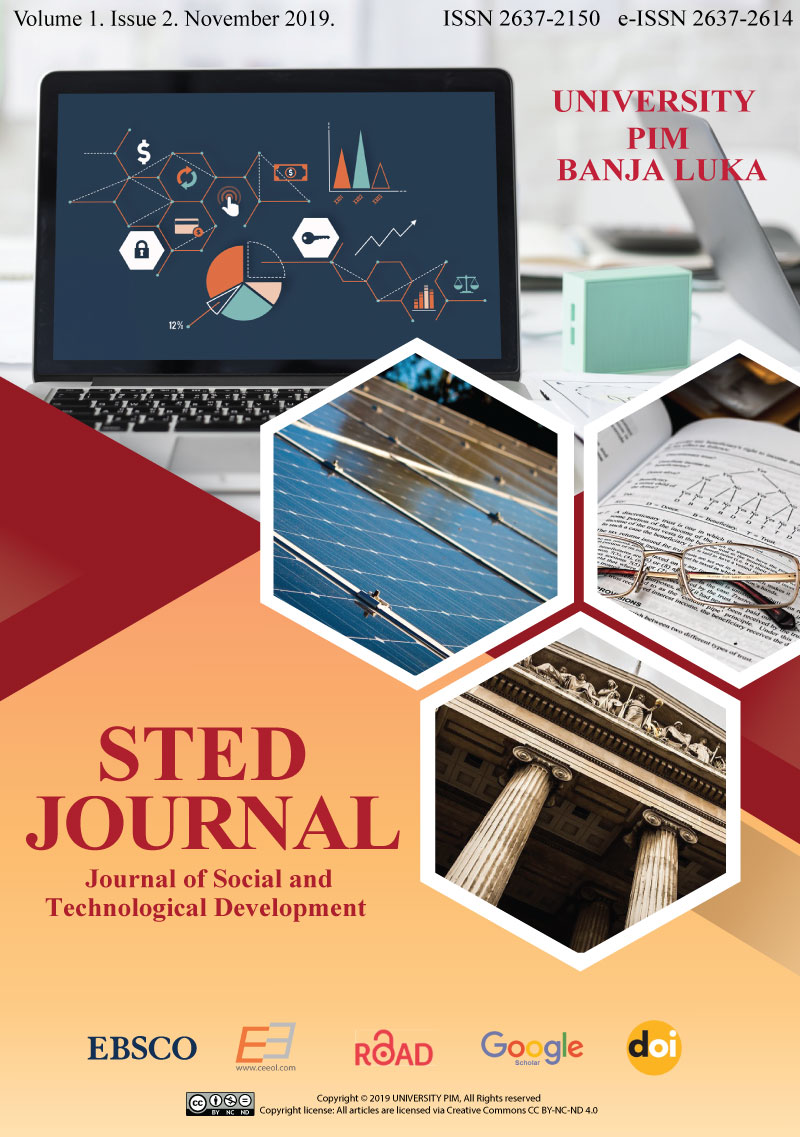Interconnection of materials science, 3D printing and mathematics in interdisciplinary education
Interconnection of materials science, 3D printing and mathematics in interdisciplinary education
Author(s): Natalija Budinski, Zsolt Lavicza, Nevena Vukić, Vesna Teofilović, Dejan Kojić, Tamara ErcegSubject(s): Education, Scientific Life, ICT Information and Communications Technologies
Published by: Univerzitet za poslovni inženjering i menadžment
Keywords: education; mathematics; polymers; additive manufacturing; materials;
Summary/Abstract: The substantial advantage of 3D printing is the ability to fabricate complex shapes objects from liquid molecules or powder grains which joins or solidifies using computer design files (CAD) to produce a three-dimensional object with material being added together layer by layer. This process is considered as an industrial technology. The most-commonly used 3D printing procedure is a material extrusion technique called fused deposition modelling. The producers of 3D printers have already developed prototypes for education purposes. The importance of the incorporation this printing method in schools is the fact. The learning experience for digital media is becoming a priority in school education. The practical application of this technique can be incorporated into a wide variety of school subjects to simplify the sophisticated theoretical concepts. 3D printing is the example of cooperation within material science and mathematics but this platform is very often not supported by the high school curriculum, but latest trends propose different approaches and make education close to the science achievements and contemporary life. Building lessons plans and project could help students to learn more contemporary achievement in this field. It is new trend to support enthusiastic teachers who want to implement this method of additive manufacturing in education. This paper provides an overview of 3D printing methods and highlights the possibility of their implementation in educational techniques.
Journal: Časopis o društvenom i tehnološkom razvoju
- Issue Year: 1/2019
- Issue No: 2
- Page Range: 21-30
- Page Count: 10
- Language: English

